
Elizabeth Garrett Anderson was an English physician and suffragist. She is known for being the first woman to qualify in Britain as a physician and surgeon and as a co-founder and dean of the London School of Medicine for Women, which was the first medical school in Britain to train women as doctors. She was the first female dean of a British medical school, the first woman in Britain to be elected to a school board and, as mayor of Aldeburgh, the first female mayor in Britain.

Sophia Louisa Jex-Blake was an English physician, teacher, and feminist. She led the campaign to secure women access to a university education, when six other women and she, collectively known as the Edinburgh Seven, began studying medicine at the University of Edinburgh in 1869. She was the first practising female doctor in Scotland, and one of the first in the wider United Kingdom of Great Britain and Ireland; a leading campaigner for medical education for women, she was involved in founding two medical schools for women, in London and Edinburgh, at a time when no other medical schools were training women.

Elizabeth Blackwell was a British and American physician, notable as the first woman to earn a medical degree in the United States, and the first woman on the Medical Register of the General Medical Council for the United Kingdom. Blackwell played an important role in both the United States and the United Kingdom as a social reformer, and was a pioneer in promoting education for women in medicine. Her contributions remain celebrated with the Elizabeth Blackwell Medal, awarded annually to a woman who has made a significant contribution to the promotion of women in medicine.
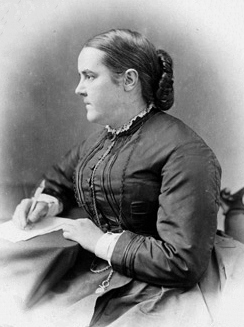
The Edinburgh Seven were the first group of matriculated undergraduate female students at any British university. They began studying medicine at the University of Edinburgh in 1869 and, although the Court of Session ruled that they should never have been admitted, and they did not graduate or qualify as doctors, the campaign they fought gained national attention and won them many supporters, including Charles Darwin. Their campaign put the demands of women for a university education on the national political agenda, and eventually resulted in legislation to ensure that women could be licensed to practice medicine in 1876.
UCL Medical School is the medical school of University College London (UCL) and is located in London, United Kingdom. The school provides a wide range of undergraduate and postgraduate medical education programmes and also has a medical education research unit and an education consultancy unit. It is internationally renowned and is currently ranked 6th in the world by the QS World University Rankings for Medicine 2023.
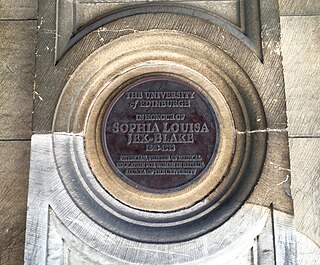
The Edinburgh School of Medicine for Women was founded by Sophia Jex-Blake in Edinburgh, Scotland, in October 1886, with support from the National Association for Promoting the Medical Education of Women. Sophia Jex-Blake was appointed as both the Director and the Dean of the School. The first class of women to study at the Edinburgh School of Medicine for Women consisted of eight students, the youngest of whom was nineteen years of age. Throughout its twelve years in operation, the school struggled to find financial funding to remain open. A rival institution, the Edinburgh College of Medicine for Women, set up by Elsie Inglis with the help of her father John Inglis, attracted several students of Jex-Blake, including Martha Cadell and Grace Cadell. St Mungo's College and Queen Margaret College in Glasgow also accepted women medical students and when the Scottish universities began to do so the Edinburgh School of Medicine could no longer compete. The school closed in 1898. Over the twelve years of its operation, the Edinburgh School of Medicine provided education to approximately eighty female students. Of those eighty students, thirty-three completed the full course of medical training at the Edinburgh School while many others chose to finish their education at outside institutions.
Isabel Jane Thorne was an early campaigner for medical education for women. Mrs Thorne, as she was known, was a member of the feminist Edinburgh Seven, who campaigned and succeeded in securing the right by statute for women to be educated to qualify as doctors. An exemplary Victorian, Thorne's dedication to duty and service was a precursor for the more violent campaigns of the suffragettes to achieve full enfranchisement for women.

Mary Edith Pechey was one of the first women medical doctors in the United Kingdom and a campaigner for women's rights. She spent more than 20 years in India as a senior doctor at a women's hospital and was involved in a range of social causes.
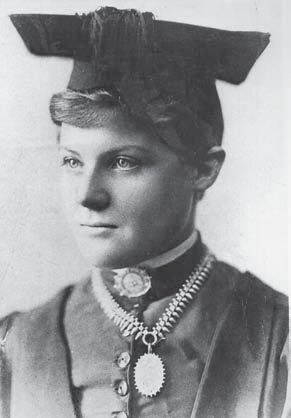
Georgina Dagmar Berne was an Australian medical doctor and the first female student to study medicine in Australia.
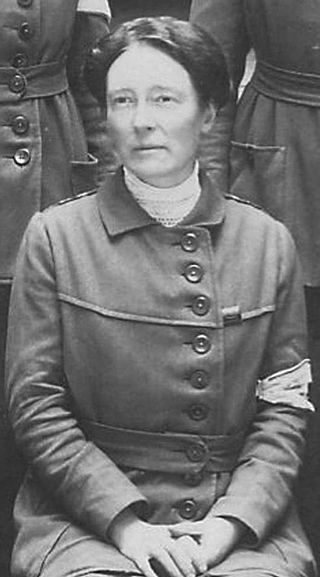
Louisa Garrett Anderson, CBE was a medical pioneer, a member of the Women's Social and Political Union, a suffragette, and social reformer. She was the daughter of the founding medical pioneer Elizabeth Garrett Anderson, whose biography she wrote in 1939.

Dame Louisa Brandreth Aldrich-Blake was a pioneering surgeon and one of the first British women to enter the world of modern medicine.
Emily Bovell was a physician and credited as one of the original members of the Edinburgh Seven. After qualification she worked at the New Hospital for Women in Marylebone Road, London and in Paris. The French government award her the Officier des Ordre des Palmes Académiques for services to medicine. Her husband was the neurologist William Allen Sturge.
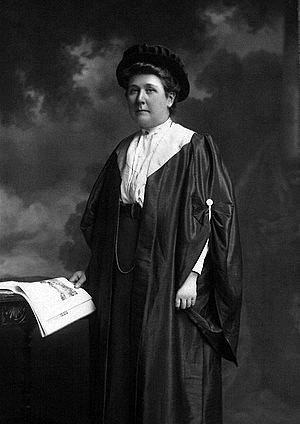
Grace Ross Cadell was a Scottish medical doctor and suffragist, and one of the first group of women to study medicine in Scotland and qualify.
Alice Stewart Ker or Alice Jane Shannan KerMRCPI was a Scottish physician, health educator, and suffragette. She was the 13th woman on the registry of the British Medical Association.
Katharine Georgina Lloyd-Williams CBE was a British anaesthetist, general practitioner and medical educator. She was a consultant anaesthetist at the Royal Free Hospital from 1934 and dean of the Royal Free Hospital School of Medicine from 1945, retiring from both posts in 1962.

The Edinburgh College of Medicine for Women was established by Elsie Inglis and her father John Inglis. Elsie Inglis went on to become a leader in the suffrage movement and found the Scottish Women's Hospital organisation in World War I, but when she jointly founded the college she was still a medical student. Her father, John Inglis, had been a senior civil servant in India, where he had championed the cause of education for women. On his return to Edinburgh he became a supporter of medical education for women and used his influence to help establish the college. The college was founded in 1889 at a time when women were not admitted to university medical schools in the UK.
Elizabeth Herdman Lepper OBE, M.B., B.S. was a British physician and pathologist. She served in the Royal Army Medical Corps in World War I. Member of the Association of Registered Medical Woman and the Pathological Society.
Annie Wardlaw Jagannadham was an Indian physician trained at Edinburgh. She was the first Indian woman qualified to practice medicine in Britain.
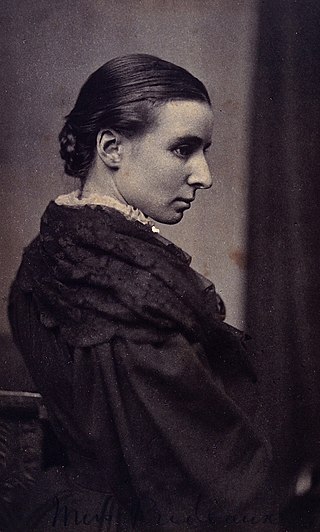
Frances Helen Prideaux MB BS was a physician and "one of the most distinguished students" of the London School of Medicine for Women. Her academic and professional success caused changes in the stance of influential people who had been opposed to women in medicine.
Louisa Atkins (1842–1924) was a British physician, and one of the first British women to qualify in medicine. She was also England's first female House Surgeon, at the Birmingham and Midlands Hospital for Women. The The BMJ described her as "a pioneer in the cause of medicine as a profession for women".













